
In May 2015 two friends are planning to make an amphibious peak bagging journey from coast to coast across Scotland, climbing all nine 4000-foot mountains and covering much of the intervening distance by boat. They're raising money for the John Muir Award scheme.
David Lintern and David Hine will set off on 9th May from Ardnamurchan, the most westerly point of the British Mainland, and expect to roll up about two weeks later in Spey Bay on the Moray coast. The total distance of their 'C2C4K' trip is roughly 360km, of which they hope about one third will be done afloat.
'It's not a speed challenge' outdoor writer and photographer David Lintern told us.
'The interest for us is to make a through route with an appealing logic, a natural link-up of big hills and big water features all the way from coast to coast - something more than the sum of its parts.'
And the parts themselves are pretty good: the Lochaber 4000-footers Ben Nevis, Carn Mor Dearg, Aonach Mor and Aonach Beag; and the five Cairngorms biggies Braeriach, Sgor an Lochain Uaine (The Angel's Peak), Cairn Toul, Ben Macdui and Cairn Gorm. Then there are the wet bits in between, including Loch Shiel and Loch Eil in the west; a variety of watery possibilities through the Laggan and Ben Alder areas; then a long finish out east on the rivers Avon and Spey, with some grade 2 or 3 paddling for added fun along the way.
By the rules they've set themselves, the pair will be carrying their boats over all the hills.
For this they've chosen an inflatable 'pack rafting' system. An American idea that's relatively new to the UK, these nylon boats are perfectly suited, says David Lintern, to amphibious journeys through the watery geography of the Highlands. When not in use their blow-up canoes fold down to a bundle 'about the size of a large loaf'. Weighing a mere 2.2kg per boat, with only an extra 1.5kg for buoyancy aid, helmet and collapsible paddle, the whole set up is surprisingly portable - even on top of multiple days' food and camping gear.
'My wife is a seamstress' says David Lintern 'and she's made us DIY extra-light vests with inflated Platypuses for buoyancy. They might not pass official safety standards, but when we're camping the water carriers can serve a double purpose.'
Their boats might be easily packable, and good fun in river rapids, but being broad-bowed and keel-less they are far from seaworthy on big open water, and really struggle in a strong wind.
'Even a 10-15mph headwind is very draining' says David 'so for that reason our precise route plans on the water stages will have to be kept fluid, to fit in with the weather. Our timings can stretch a little too, food permitting of course.'
Starting in the west and working east with the prevailing weather at their backs should give them the best chance of good paddling conditions.
The two Davids have already been mulling over the journey for a couple of years - plenty of time to get familiar with the inflatable canoes on shorter trips, and to recce the key river sections of their intended route.
On the back of the journey they've decided to raise money for the John Muir Award, a scheme that connects thousands of people every year with the outdoors. Both Davids are members of the John Muir Trust, which runs the award to encourage people to enjoy nature and wild places, and take direct action to care for the environment.
‘The Award is a real inspiration to both of us' said David Lintern.
'It’s a great introduction to the outdoors for people regardless of age or background, particularly less outdoor-oriented people. It’s free to use and most importantly it works. Hundreds of thousands of people have achieved an award, and their volunteering on conservation projects is worth millions of pounds. From prison groups to schools, it’s a positive and empowering means of change.'
'It also fits with the ethos of the Award to attempt something that pushes our personal boundaries in our own backyard. Our experiences in Scotland’s wild places have been key to our personal development.'
'This isn’t a big challenge by TV standards, and bears no comparison to John Muir’s adventures, but it’ll be a big journey of discovery for us’.
Here's a short video about their trip:
- To follow their progress check out David Lintern’s blog and David Hine's blog
- Donations of any size can be made here.


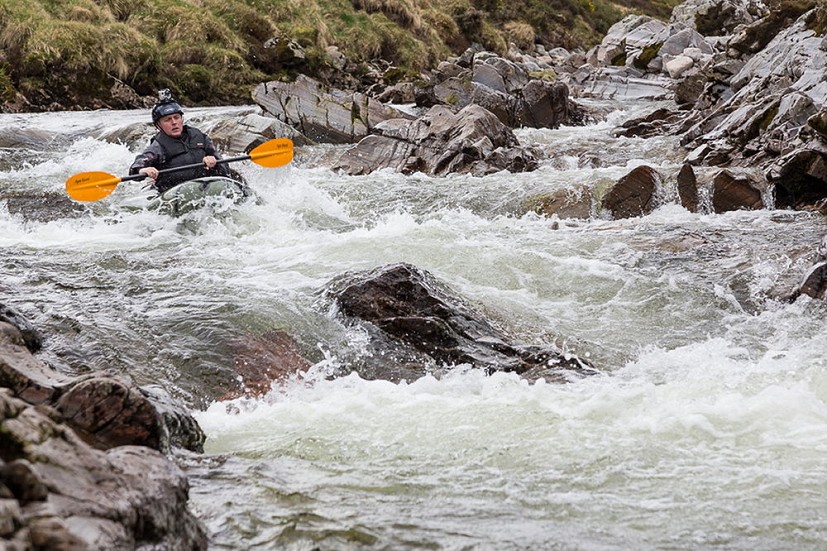
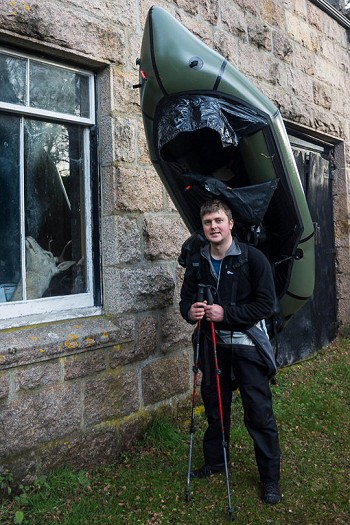
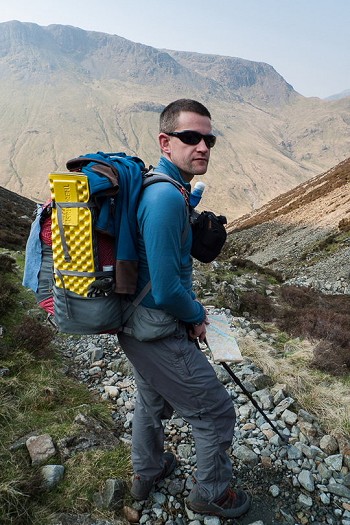








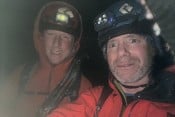
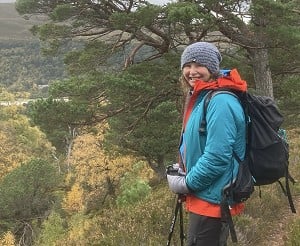
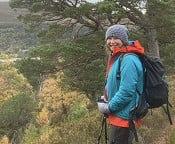
Comments